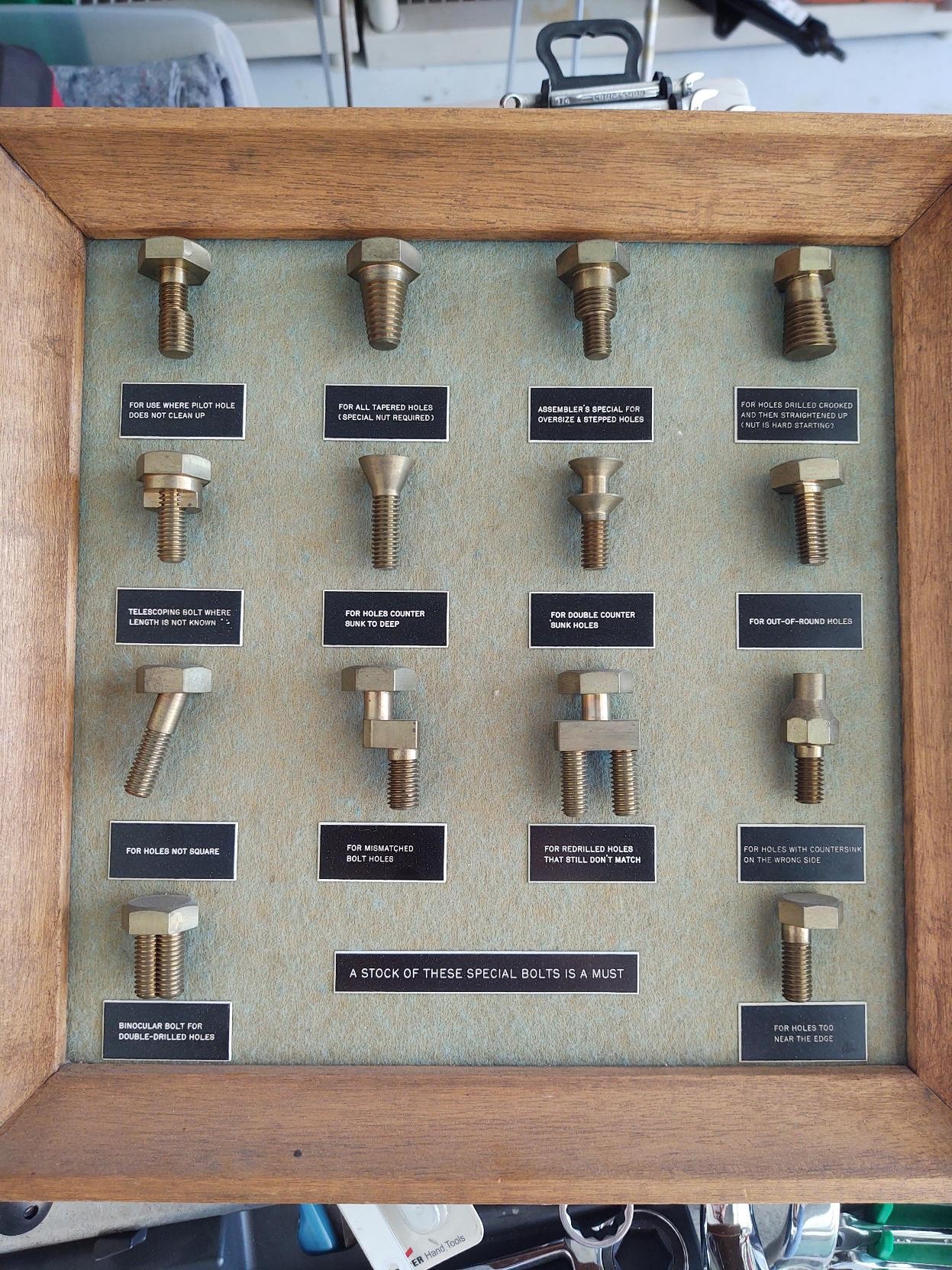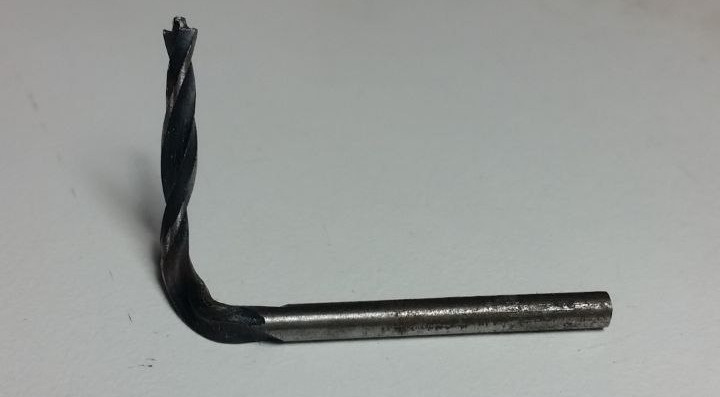This photo was found on my HD, I can't give any credit, sorry.
-
@GustavinoBevilacqua I have an unreasonable and frankly unfortunate desire to replicate this.
-
@GustavinoBevilacqua I believe we use a few of these at work. :-)
-
@GustavinoBevilacqua Tahnks to #3Dprinting it's now so much easier to make these :)
-
@GustavinoBevilacqua my brother and his fellow apprentices once found a phillips screw with no thread which they promptly deposited in the material room, just so they could send first-years to fetch a phillips nail.
This inspired them to spend several days on the attempt of bending a screw into a 90° angle, just for pranking first-years with an "angle screw" :-D
-
-
@GustavinoBevilacqua but of course! :-D
Apparently their teachers didn't object to their screw extravagazas because it was quite obvious that they were learning a lot in the process :-D
-
After all, experience is just the sum of a long line of errors (the trick is to remember them, to make new ones).
-
@GustavinoBevilacqua Also notice that it has not been counter sunk "too deep" but only "to deep".
So it is just right
-
@n_dimension @GustavinoBevilacqua I thought, well I could have needed one of them in the past.
-
@isocat @catsalad @GustavinoBevilacqua Almost! I was thinking that several of the photographed ones were very hard to cut but there's even more challenge in a couple of the diagrammed ones. The 20th century lathes that I learnt on weren't made for things like the "holes not square" thread nor the "all size tapers". But a 19th century or earlier lathe is more open to those sorts of turning, and so were the lathes of the 16th century when people did things like elliptical cross-sections for fun.


